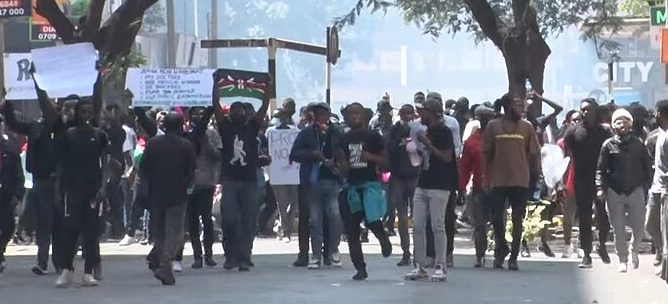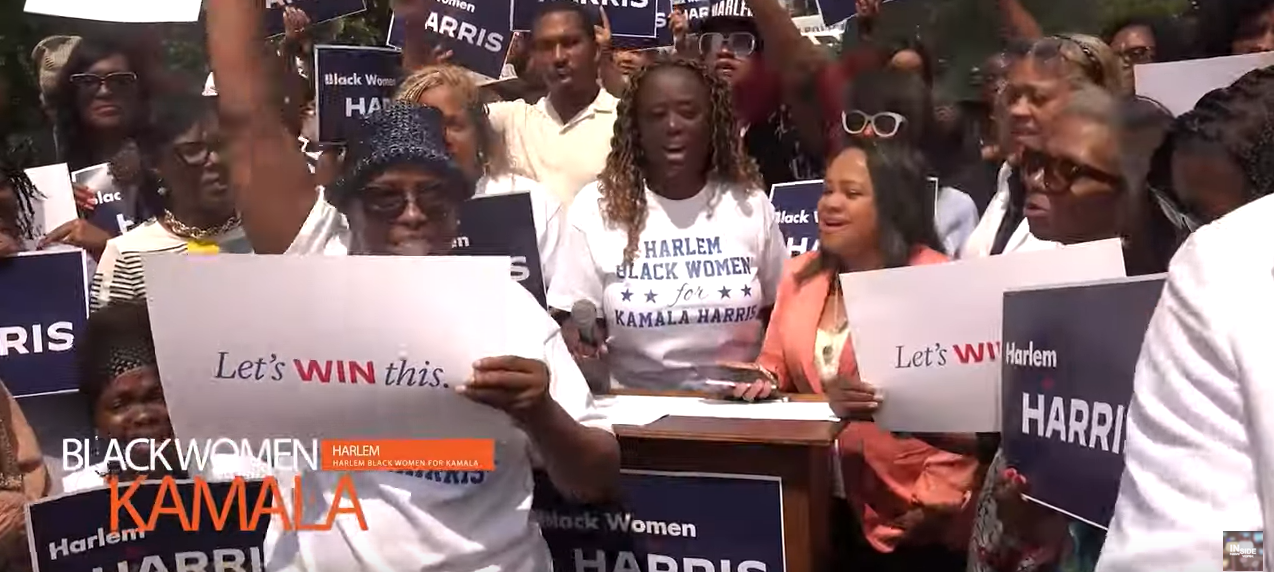Edward Mutesa and Milton Obote
[Letter From New York]
To chart a clear way forward one must always look at the past.
Uganda got off to a bad start with the Kabaka Yekka (KY) and Uganda People’s Party (UPC) Alliance.
The effects of World War I and II, the economic depression, the Atlantic and the United Nations Charters and the establishment of the European Community (now European Union) introduced new elements that necessitated reviewing colonial policies in favor of advancing decolonization as Africans were demanding for.
Agitation for decolonizatioo were stepped up. India and Pakistan became independent in 1947 thereby setting the stage for others in British colonies to follow.
Regarding East Africa, Colonial Secretary Alan Lennox-Boyd fixed in 1959 the independence dates for Tanganyika in 1970, Uganda 1971 and Kenya in 1975. The colonists’ strategy still operated in a colonial mindset. His successor Ian McLeod advanced the dates to 1961 for Tanganyika, 1962 for Uganda and 1963 for Kenya (Judith M. Brown and WM. Roger Louis 2001).
When constitutional and other preparations began in Uganda in the early 1950s, it soon turned out that there were serious problems.
Buganda the most populous and wealthiest region was unsure about its status in a unitary independent country fearing its traditional kingdom would be eclipsed. It therefore called for postponement of these talks until her status was agreed upon.
When the request wasn’t accepted, Buganda demanded that its affairs be transferred from the colonial to the foreign office as it wasn’t a colony but a protected territory. The talks were complicated by a story regarding the possibility of an East African federation which Buganda rejected although there were assurances that that wouldn’t happen without the consent of the people. The disagreements between the Kabaka –the title for the monarch– and the governor resulted in the latter exiling the former to England in1953. The Kabaka’s return in 1955 didn’t simplify matters because the status of Buganda in Uganda remained undefined. Consequently Buganda refused to participate in the Wild Commission and elections to the Legislative Council (LEGCO) in 1958.
On December 30, 1960 Buganda Lukiiko, the monarchy’s parliament, declared that Buganda had become independent effective January 1, 1961. But it had no mechanism for its implementation so the central government ignored the declaration. In return, the Mengo establishment –Mengo was the seat of the Buganda government–boycotted the 1961 national elections which were won by the Catholic-based Democratic Party (DP) under the leadership of Ben Kiwanuka, a Catholic Muganda and a commoner who became Chief Minister.
In 1960 the Protestant-based Uganda Peoples’ Congress (UPC) was created to achieve independence for a United Uganda and wouldn’t accommodate Buganda demands including a federal status.
However, the election of DP put Catholics into power and that was unacceptable to the Buganda Protestant establishment and Protestants in UPC. Although diametrically opposed, the two groups felt it necessary to join forces in order to prevent DP from leading Uganda into independence. The Protestant Church of England wasn’t going to let Uganda fall under the control of Catholics (Onyango Odongo 1993).
Thus Buganda and UPC — a nationalist party– formed an alliance of convenience. UPC endorsed Buganda’s demands for a federal system and indirect election of Buganda MPs to the National Assembly. In return Buganda agreed to remain part of Uganda. But the thorny issue of who would become head of state remained unresolved. The decision on the “lost counties” –this was territory claimed by both Buganda and Bunyoro regions– was also put off until after independence upon the request of the UPC delegation that feared it might complicate the talks.
Although Kabaka went along with what had been achieved at the Lancaster House (U.K.) independence negotiations, Michael Kintu the Katikiro –the title for Buganda’s traditional prime minister– was opposed to the deal in large part because he didn’t trust Apollo Milton Obote the UPC leader.
Members of Kabaka Yekka (KY) were unhappy with the deal as well. They wanted the constitution to state that the Kabaka was above the Prime Minister. In this regard, members of KY stated in part “We of Kabaka Yekka cannot hesitate to state that if Uganda is ever to be a prosperous and peaceful country, the Prime Minister must always be subordinate to the Kabaka and other hereditary rulers…” (Onyango Odongo 1993). Because the issue wasn’t resolved at independence the Queen remained the head of state represented by the Governor-General. The constitution was later amended to create the post of president.
Obote wanted the Kabaka to occupy the office of president. However the majority of MPs proposed William Nadiope III, the Kyabazinga –traditional leader– of Busoga as the president. To get his way, Obote is reported to have threatened to resign. The Kabaka got the job of president while remaining the Kabaka of his kingdom of Buganda, within the nation of Uganda. Clearly a recipe for crises was there from the start.
During the constitutional talks it became clear that much time was spent on defining the status of kingdoms within Uganda. Fearing that the districts with no kings were being sidelined, the constitution therefore recognized that the post of ceremonial heads of the other regions would be on par with kingdoms in status. This post besides being expensive was politically divisive as in Kigezi where UPC split into two rival groups whose adverse impact hasn’t died off completely.
At the Lancaster House talks it was decided to hold a referendum on the lost counties within two years of independence to which the Kabaka had reluctantly agreed. It had been hoped in Buganda that the referendum wouldn’t take place at all because of the KY/UPC alliance or ways could be found for the voters to decide to stay in Buganda. However, the voters favored rejoining Bunyoro. Baganda were devastated leading to the resignation of the Katikiro and his government. The alliance melted away.
Now the swords were drawn.
When Prime Minister Obote abrogated the 1962 constitution and replaced it with a transitional one in 1966 abolishing the post of the ceremonial head of state, inter alia, Buganda’s Lukiiko rejected the new constitution. On May 20, the Lukiiko met and resolved to kick the central government from Buganda soil –which was now also home to the national government– within 10 days. This was in effect a declaration of Buganda independence.
This was followed by demonstrations and protests that the central government interpreted as acts of rebellion. There were stories that the Buganda establishment had acquired weapons that were stored at the King’s palace. When national troops under the command of then Col. Idi Amin arrived at the palace apparently they were fired at. The intense fight that ensued lasted some eight hours with many casualties. The king, Sir. Edward Mutesa, escaped and fled to England where he died in 1969 in suspicious circumstances. The Kabaka’s palace was turned into military barracks and the parliament building into the ministry of defense, a humiliation that those involved haven’t forgotten or forgiven. Buganda was placed under a state of emergency, later extended to other parts of Uganda, with all the adverse implications. Obote became president.
These unhappy developments in Buganda are believed to have contributed to the attempted assassination of President Obote in 1969 and the military coup by Amin of 1971.
The Baganda blocked the return of Obote as leader of Uganda after the fall of Amin in 1979. But Obote still had strong support in the military and among Ugandans outside Buganda. He eventually returned through Bushenyi region, participated in and UPC won the 1980 elections. Obote being the leader of UPC became president of Uganda once again.
Baganda rejected the election results and vowed to fight Obote again. A five year guerrilla war devastated part of Buganda where half the population perished. Eventually Yoweri Museveni emerged as leader and formed the government in 1986. Baganda had hoped to be rewarded handsomely. Unfortunately that hasn’t happened and Baganda and the rest of Ugandans are bitter once again and the search is on for a new leader. The brutality and destruction of Museveni’s militarism has been visited upon every region of Uganda.
Hopefully this time around great care will be taken so that past mistakes will be avoided as Ugandans seek to peacefully introduce accountable government. Experience, which comes with age, character and patriotism should guide the search for a new leader as the time approaches.








